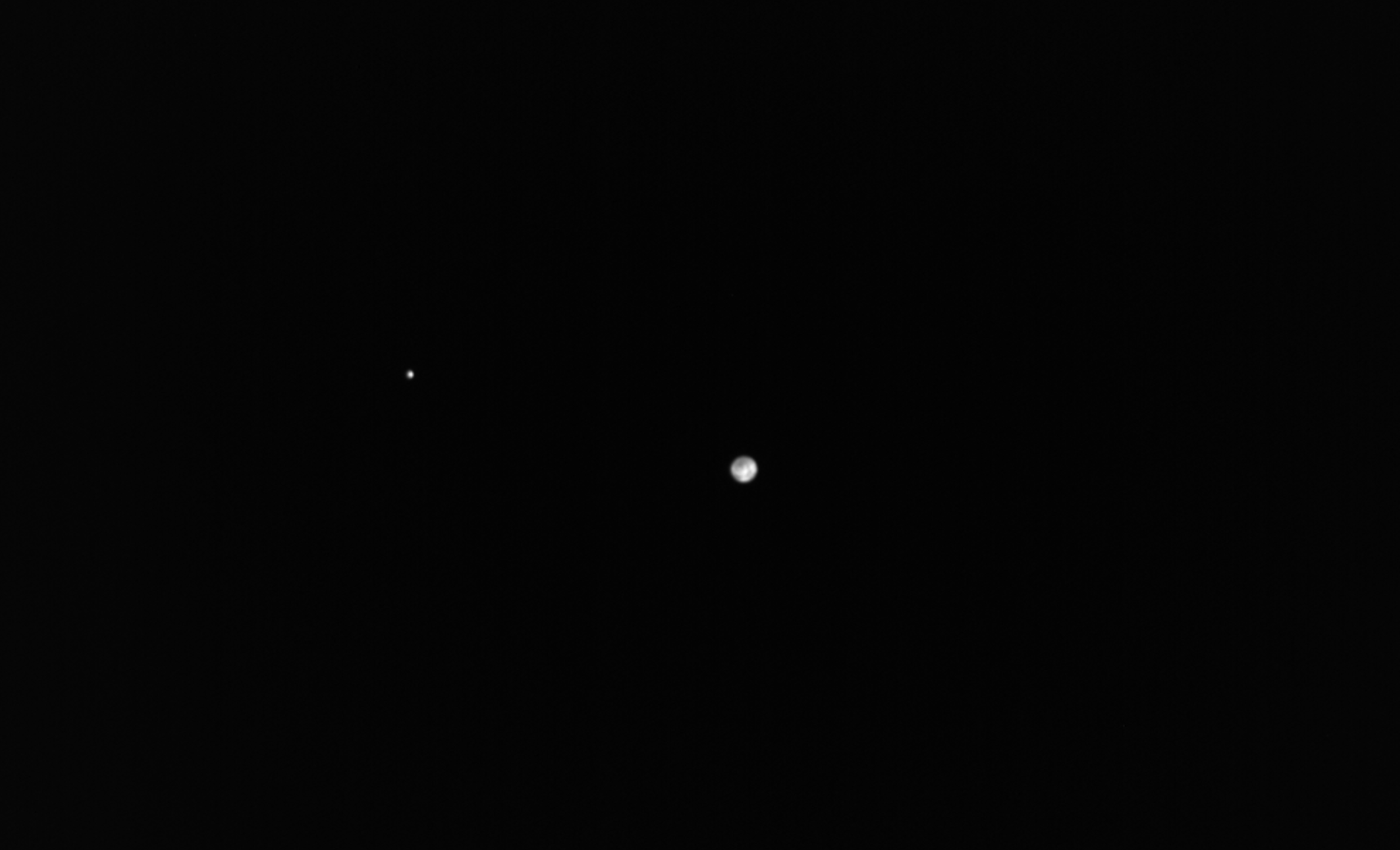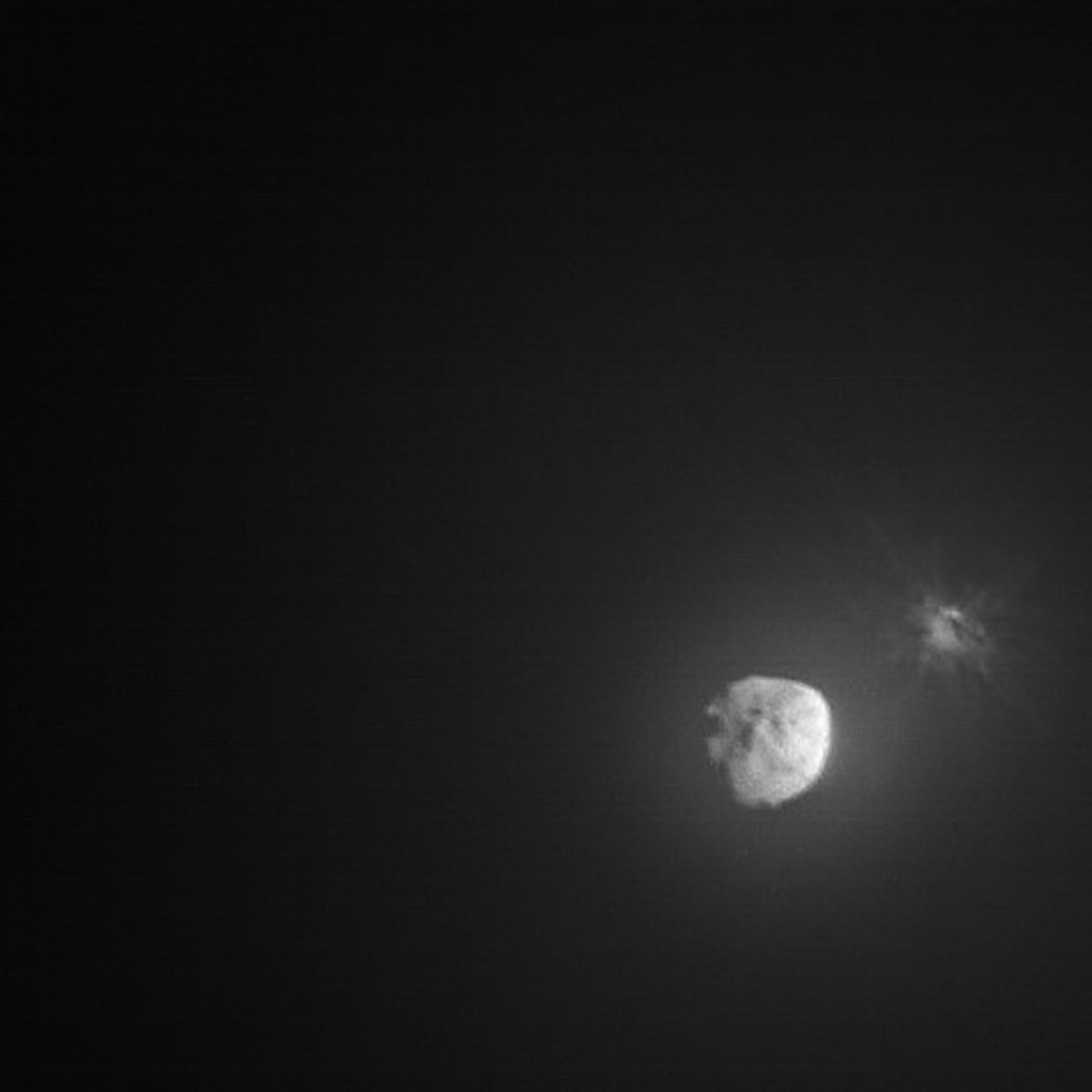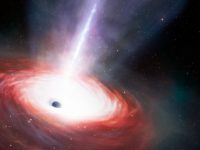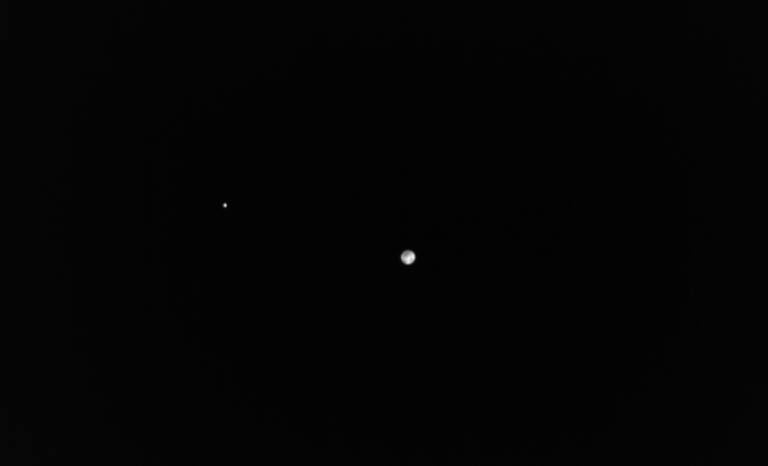
Earth is a profoundly isolated rock.
The European Space Agency’s Hera craft, en route to an asteroid, recently captured footage of our planet and the moon, set against the black ether of space. The two objects gradually shrink as Hera journeyed from some 860,000 to 2.4 million miles (1.4 to 3.8 million kilometers) away in October.
“As #HeraMission sped away from its homeworld it witnessed the Moon orbiting Earth,” the agency posted online.
For reference, the moon is located about 239,000 miles from us.
Our greater solar system is extremely isolated, too. There are huge distances between the stars. “In fact, if you were to shrink the sun to the size of a sand grain, the distance to the nearest star would be measured in miles,” Sally Dodson-Robinson, a planetary scientist at the University of Delaware, previously told Mashable. The nearest solar system is Alpha Centauri, located 25 trillion miles from Earth.
The car-sized Hera spacecraft, however, isn’t traveling too far — in cosmic terms. The mission will rendezvous with the asteroid Dimorphos in December 2026, at a distance of some 121,167,000 miles, or 195 million kilometers, from Earth. It’s a planetary defense expedition: Hera will use a slew of cameras and instruments to survey the impact site of NASA‘s successful asteroid-deflection test, which proved humanity can alter the path of a potentially menacing asteroid. Dimorphos, which is no threat to Earth, is about the size of a stadium, at 525 feet (160 meters) across.

Credit: ASI / NASA
“By gathering close-up data about the Dimorphos asteroid, which was impacted by NASA’s DART spacecraft in 2022, Hera will help turn asteroid deflection into a well understood and potentially repeatable technique,” ESA explained.
To prepare for all sorts of future contingencies — such as a colossal asteroid or one that surprises us — researchers are also investigating the potential of detonating a nuclear device near an asteroid to change such a menacing rock’s trajectory.
Although there’s no known threat from an asteroid for at least the next century, it behooves us to be prepared, even if the odds of an impact are exceedingly small.
“You wouldn’t want to take chances on an asteroid the size of a city,” Nathan Moore, a physicist at Sandia National Laboratories, previously told Mashable.





















0 Comments